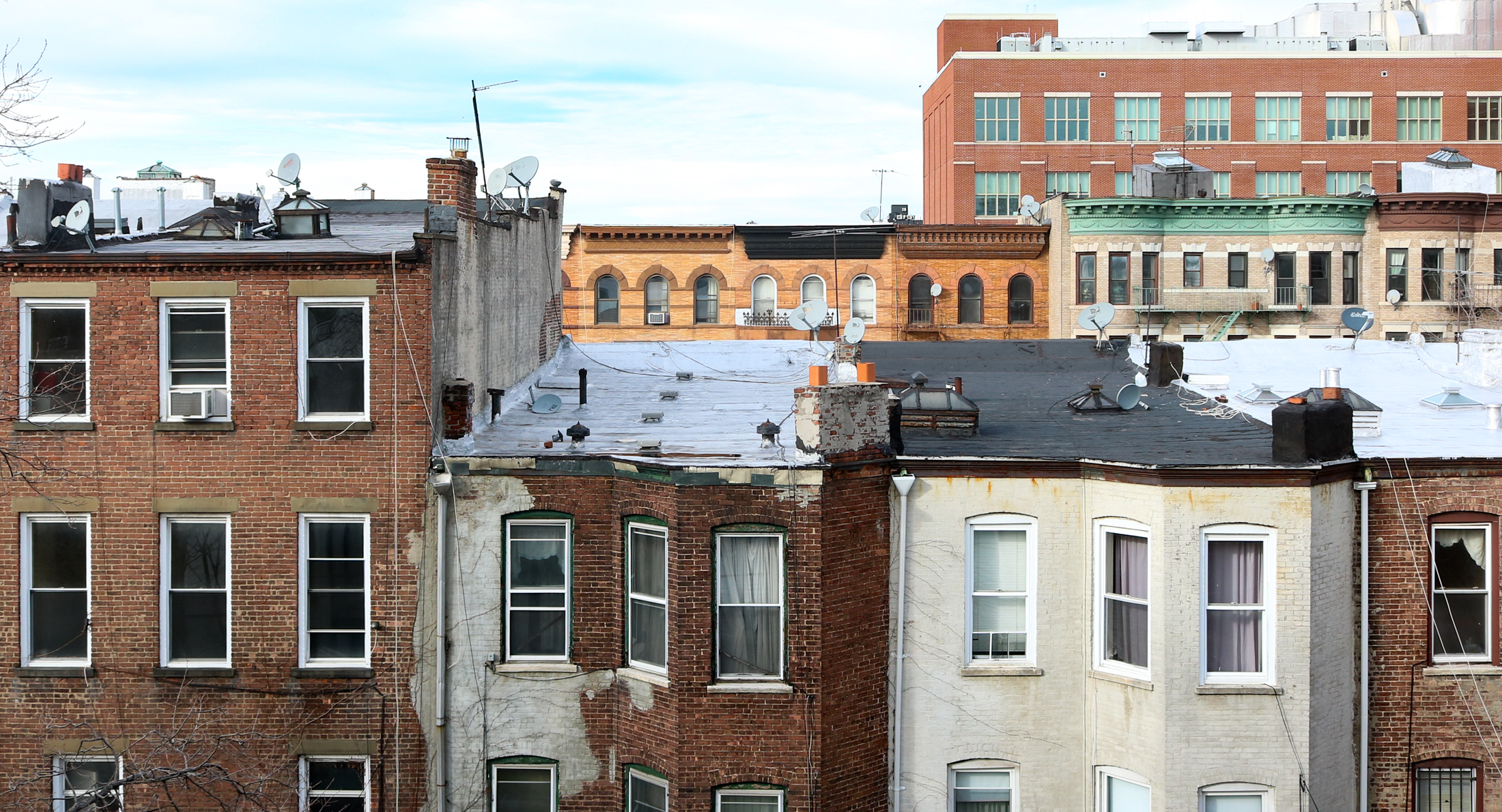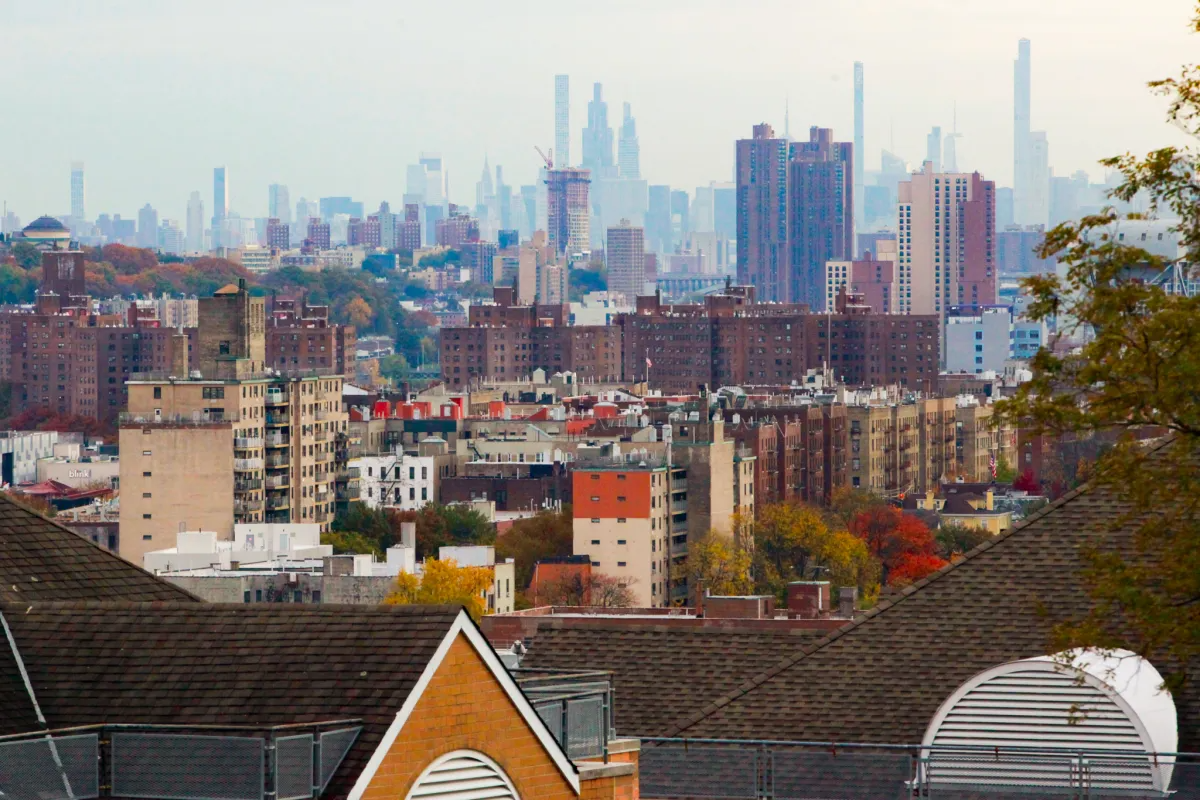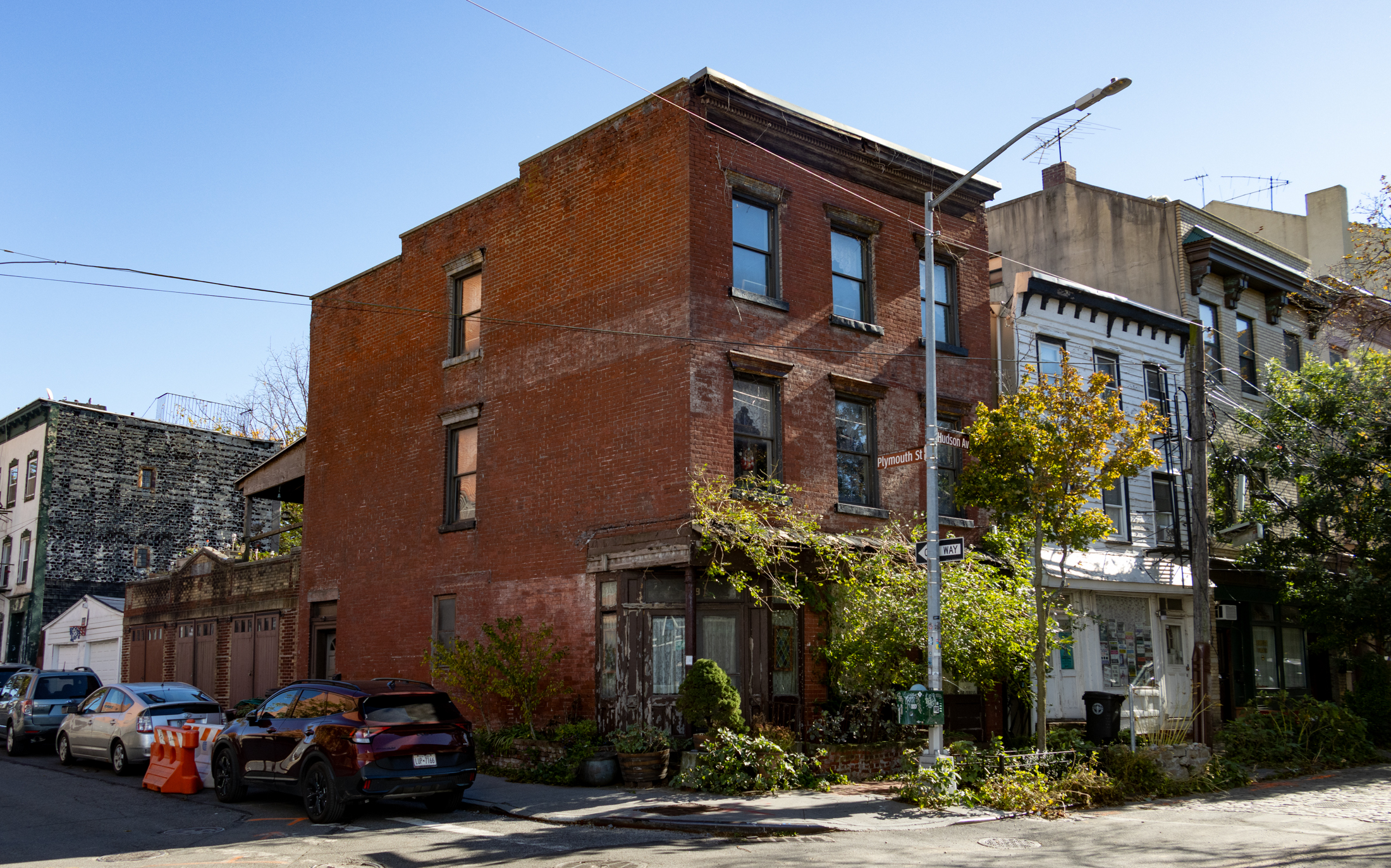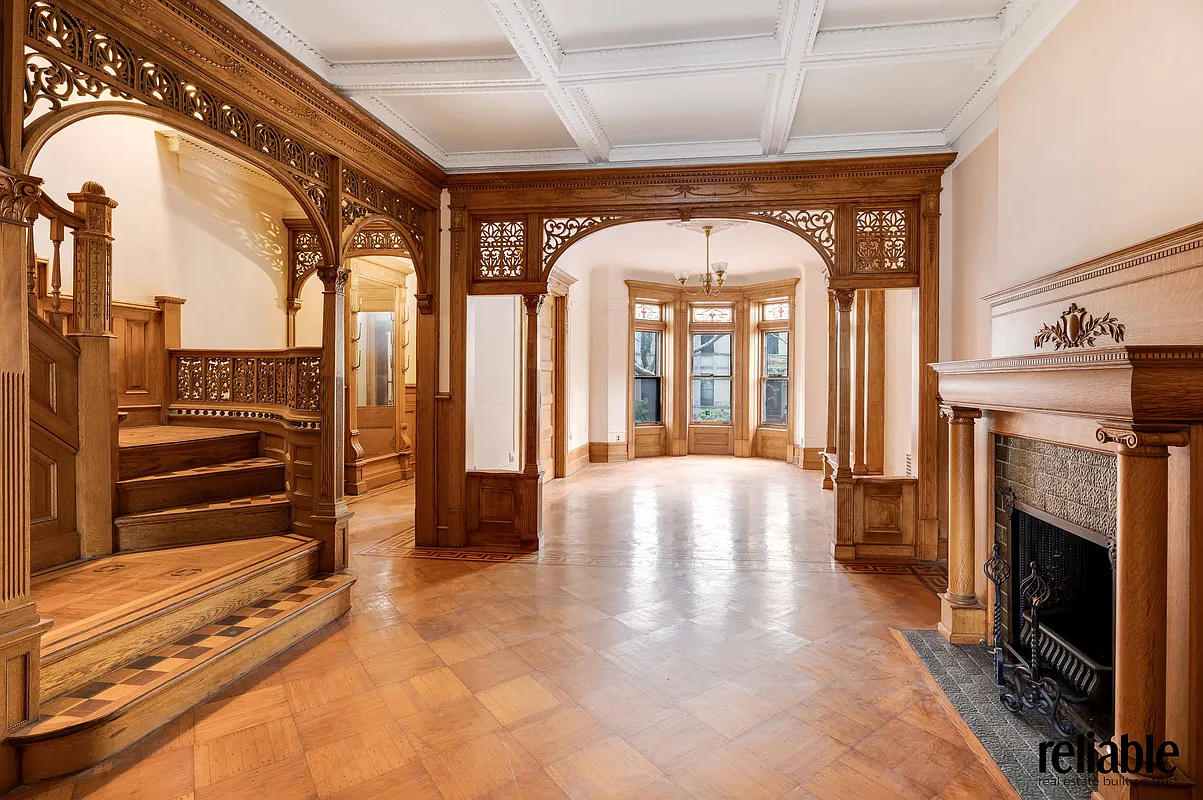Clinton Hill/Fort Greene Downzoning Deets Released
City Planning chief Amanda Burden (right) showed up at Polytechnic University last Wednesday night introduce some long-awaited details about the re-zoning of Clinton Hill and Fort Greene. Similar in concept to what happened in Park Slope, the plan is to down-zone the interior blocks while allowing developers to build bigger buildings on the three most…

 City Planning chief Amanda Burden (right) showed up at Polytechnic University last Wednesday night introduce some long-awaited details about the re-zoning of Clinton Hill and Fort Greene. Similar in concept to what happened in Park Slope, the plan is to down-zone the interior blocks while allowing developers to build bigger buildings on the three most commercial avenues in the area — Myrtle, Fulton and the northern side of Atlantic. The upshot: Developers who own property in the down-zoned areas have until sometime near the end of this year (depending on the speed of the approval process) to get their plans approved and foundations in the ground. In the meantime, prices should be rising for prime locations on the aforementioned avenues. The new R7/R7A zoning there will let developers build a 3.45 FAR as of right and up to 4.5 FAR by using inclusionary zoning. (All this means is that to get the bonus FAR, the developer must build affordable housing somewhere in CB2, not in the development itself.) One developer we talked to was a little disappointed in the 3.45 number, saying that he had expected it to be closer to 4; nonetheless, he said, it should still be a good shot of adrenaline for building on the avenues.
City Planning chief Amanda Burden (right) showed up at Polytechnic University last Wednesday night introduce some long-awaited details about the re-zoning of Clinton Hill and Fort Greene. Similar in concept to what happened in Park Slope, the plan is to down-zone the interior blocks while allowing developers to build bigger buildings on the three most commercial avenues in the area — Myrtle, Fulton and the northern side of Atlantic. The upshot: Developers who own property in the down-zoned areas have until sometime near the end of this year (depending on the speed of the approval process) to get their plans approved and foundations in the ground. In the meantime, prices should be rising for prime locations on the aforementioned avenues. The new R7/R7A zoning there will let developers build a 3.45 FAR as of right and up to 4.5 FAR by using inclusionary zoning. (All this means is that to get the bonus FAR, the developer must build affordable housing somewhere in CB2, not in the development itself.) One developer we talked to was a little disappointed in the 3.45 number, saying that he had expected it to be closer to 4; nonetheless, he said, it should still be a good shot of adrenaline for building on the avenues.





Based on the DCP presentation, some points of clarification and addendum:
1. Mr. B and Shahn are correct: the “inclusionary” (affordable) housing provision for the R7A districts does increase the floor area ration (FAR) from 3.45 to 4.60.
2. 8:17 is incorrect about the FAR as well as where R7A districts are proposed. In addition to the current M (manufacturing) zone along Atlantic , R7A is proposed for Myrtle, Fulton (except between South Oxford and Vanderbilt), Hanson Place between South Eliott and South Oxford, and on Vanderbilt and Waverly between Fulton and Atlantic.
3. 8:17 is also incorrect in stating that the affordable housing must be constructed on-site. It can be constructed anywhere in Community Board 2.
4. Shahn is incorrect about the height limits in the R7A zones. Street wall height has a minimum of 40′ and a maximum of 65′. Maximum total height is 80′ after a setback from the street wall.
5. No, 9:18, I don’t think that we should expect all of the buildings on Myrtle Avenue to be razed. However, if affordable housing is constructed as part of a project, the FAR almost doubles from 2.43, under R6 zoning, to the aforementioned 4.60. That will create some development pressure, especially for ‘under-built’ sites.
6. Pirates of Waverly, a good place for a primer on zoning is DCP’s website; specifically:
http://www.nyc.gov/html/dcp/html/subcats/zoning.shtml and the links extending from there.
This is fascinating stuff, but I don’t understand the jargon. Any advice on where to get the 101 on zoning stuff?
Can someone elaborate a little further on Shahn Anderson’s comment? Specifically, does this mean that all new buildings on Fulton and Myrtle will only be 60 feet high? If anyone has access to documents regarding this, that would be fantastic.
Technically, this is actually a “rezoning”, even though it has been called a “downzoning” by many community groups that have pushed for the change.
The brownstone core of Fort Greene and Clinton Hill are being downzoned, which means a reduction in the height of buildings that can be built there as well as a reduction of the FAR (floor area ratio) that can be built there. While it is said that the commercial streets of Myrtle and Fulton are being upzoned, this is actually only partially true. While the FAR is being increased from the density currently available in an R6 zone, the maximum height is being reduced. The new R7A zones will have a maximum height of 60 feet on Myrtle at Fulton, where an R6 zone has a height limit of 130 feet that can really go higher if certain conditions are met.
I was at the zoning meeting, and Mr. B is correct about the FAR. It is proposed that the R7A on Myrtle and Fulton which ends at Classon will be R7A with a base zoning of 3.45 FAR and up to 4.6 FAR if the difference is built as affordable housing.
How much do people think that the Walt Whitman houses (and surrounding buildings) are worth? Just curious on concensus…I know, I know they’ll always be projects…
8:58-you bet that crown heights/bed stuy/prospect heights will be gentrifying more and more from this rezoning & atlantic yards will have a positive impact as well. those neighborhoods are close enough to benefit from the new business, but fall just outside of the lines of parking nightmares/overcrowding and noise. new york is becoming like london-the circle keeps widening.
Anybody know what is happening to the building at the corner of Washington & Myrtle? I believe it is 183 Washington. I saw somebody changing locks on it yesterday but they did not speak english. It was forfeited to the US Marshalls in 2005.
Can we expect all of the buildings up and down Myrtle to be razed?
The building on Clermont and Myrtle is an example of what i’m talking about. They acquired a vacant lot, bought a couple of buildings, bang boom they got themselves 150ft of frontage.
Other Myrtle ave developmental ‘targets’. Gas station on Vanderbilt and Myrtle. The Associated, Blockbuster, Post Office parcel is also prime. White Castle and old porn shop would be on the list. I could go on and on
In Park Slope, they upzoned (i.e. increased building height/density) Fourth Avenue in return for downzoning (i.e. tightening the restrictions on new buildings and additions) the interior brownstone blocks.